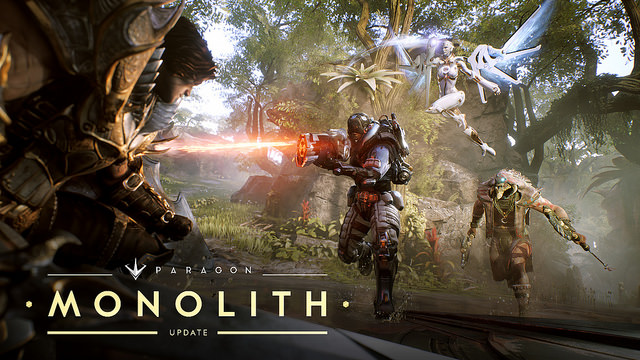
In 3D, it becomes possible to have very very good positioning, and very very bad positioning. We're all familiar with the idea of good positioning and bad positioning. Positioning advantage becomes more polarised.Three potential issues when transitioning into 3D stood out to me: Dive too far into the third dimension, and you might have to invent your own solutions.īut who can say no to a spectacular leap? There is a lot of precedent for 2D genre understanding, and a lot of 2D solutions for 2D problems. Cliffs, flying units, and spectacular leaps are visual embellishment for games that are unfolding on a plane. The lane-pushing genre so far has been entirely two-dimensional, mechanically speaking. Paragon challenged itself to explore and find good middle ground between having the structure of a lane-pushing game, and delivering on the expectations and fantasy of immersive 3D combat. Poor player retention was cited as the leading cause. Having iterated for two years without finding its audience, the project was eventually cancelled, with servers to close a few months later on 27th April 2018. The team was very aware of Paragon's potential, but executing was proving difficult. New players weren't sticking around, and the game's core community seemed to be in a continual state of unrest over development decisions.


Unfortunately during Paragon's journey, something about the formula didn't click.

A year later, the battleground changed to a new map and associated features called Monolith. It also flaunts some of the best graphics of its era: a rare treat in the lane-pushing genre!ĭuring its early days, Paragon's gameplay took place on a map known at the time as Agora. The first commercial lane-pushing game to experiment with the z-axis, Paragon (Epic Games, 2016) introduces us to a variety of new takes on familiar 2.5D mechanics.


 0 kommentar(er)
0 kommentar(er)
